5 Coal Effects on Soil: How Coal Changes the Earth Beneath Us
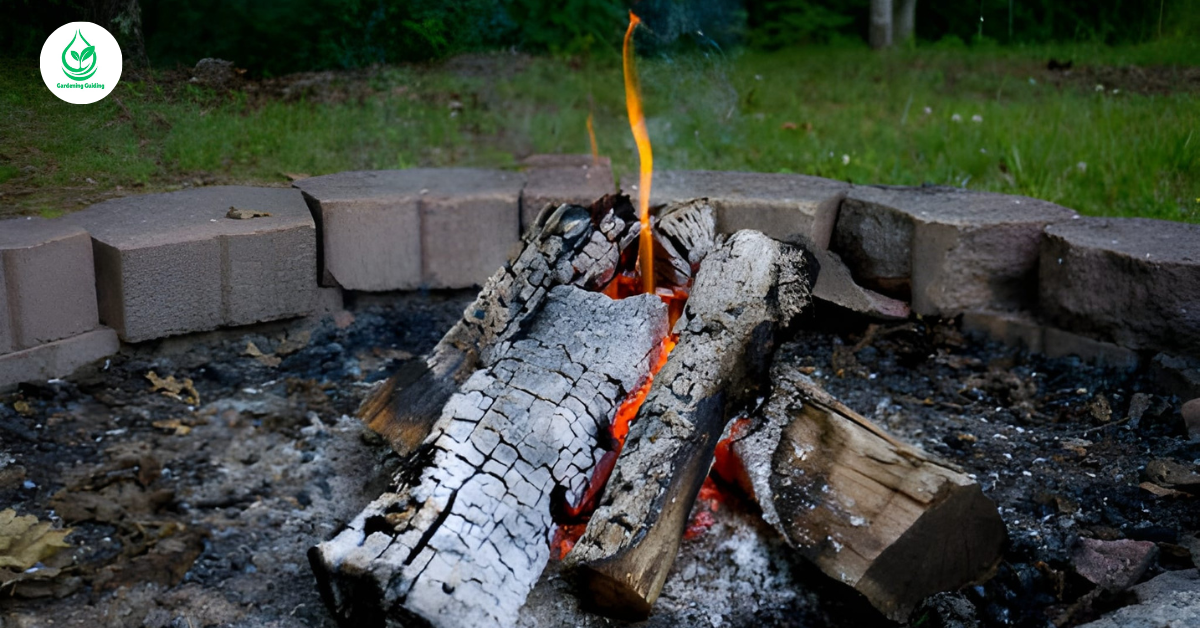
Introduction
Coal has powered industries for centuries, but its impact doesn’t end when the flames go out. Once coal residues, ash, or dust reach the soil, they start transforming its chemistry, biology, and structure—sometimes in ways that help plants grow, and sometimes in ways that damage them permanently.
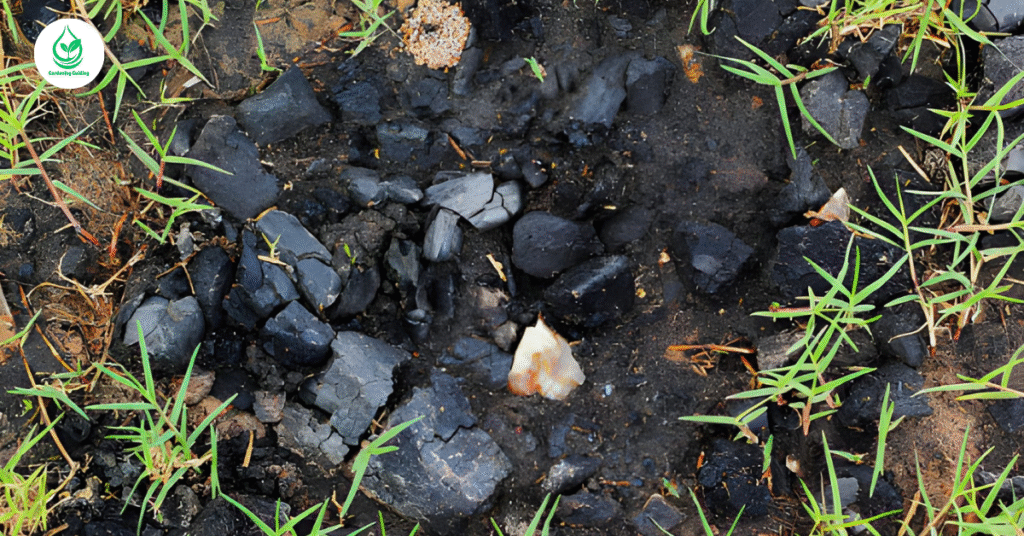
Understanding how coal affects soil is essential for farmers, gardeners, and environmentalists who work in areas near coal mines, thermal power stations, or regions that use coal ash as a soil amendment. This article explores the five main effects of coal on soil, breaking down how each process works and what it means for soil fertility and sustainability.
1. Coal’s Effect on Soil Structure and Water Retention
1.1 Changes in Soil Texture and Porosity
Coal particles are fine, dark, and carbon-rich. When mixed into the soil—either naturally through wind or industrial disposal—they can change soil texture. Fine coal dust may block soil pores, reducing air circulation. On the other hand, larger coal fragments may create micro-pores, helping sandy soils hold moisture longer. These opposite effects depend on how much coal is present and the original soil type.
1.2 Impact on Water Retention and Drainage
Coal ash and other residues absorb water easily. When incorporated in moderate amounts, they improve the soil’s ability to retain moisture—a benefit in arid zones. However, in heavy clay soils, this same property can trap too much water, leading to poor drainage and root rot. Thus, coal’s role can shift between beneficial and harmful, depending on local conditions.
1.3 Influence on Soil Compaction and Root Growth
High levels of coal particles can make soil denser and heavier, reducing oxygen movement around roots. Compacted soil restricts root growth, slowing down plant development. But with proper mixing and organic matter, small amounts of coal ash can reduce compaction and encourage deeper root systems.
2. Chemical Changes Caused by Coal in Soil

2.1 Alteration of Soil pH Levels
Coal ash is generally alkaline, meaning it can raise soil pH. In acidic soils, this can be helpful, neutralizing harmful acidity and improving nutrient uptake. However, in already neutral or alkaline soils, too much coal ash can push pH beyond healthy limits, leading to nutrient lock-up and poor crop performance.
2.2 Nutrient Enrichment and Depletion
Some forms of coal ash contain beneficial nutrients such as calcium, potassium, magnesium, and phosphorus. These can improve soil fertility if the ash is clean and used in small doses. But excessive application can immobilize essential nutrients, making them unavailable to plants. For example, phosphorus may bind tightly to certain metals in coal ash, reducing its availability to crops.
2.3 Heavy Metal Accumulation and Toxicity
One of the most serious issues linked with coal residues is heavy-metal contamination. Elements like lead (Pb), mercury (Hg), cadmium (Cd), and arsenic (As) are often present in trace amounts in coal. Over time, these accumulate in soil and enter plant tissues, posing health risks to humans and animals. Regular testing is the only safe way to monitor contamination levels.
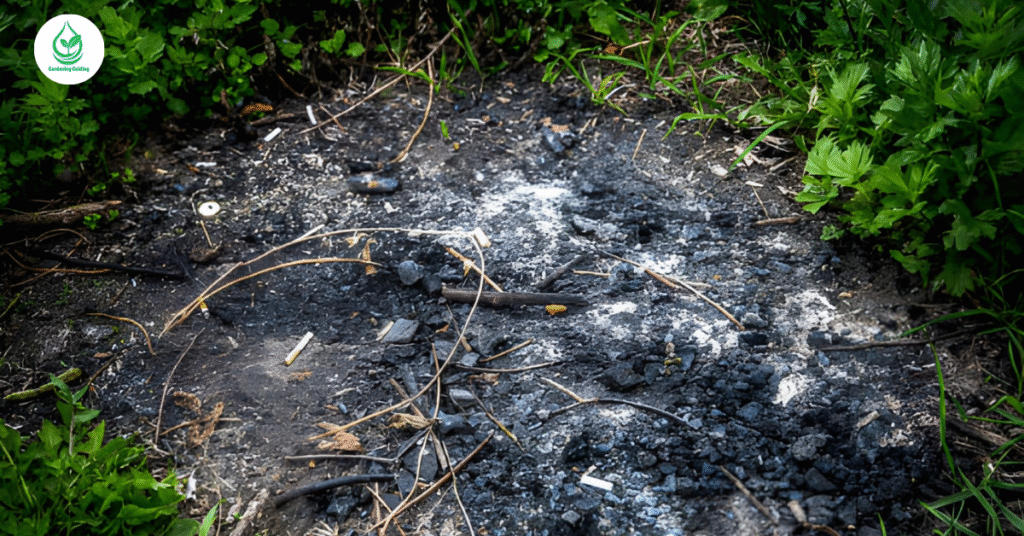
3. Biological Impact: How Coal Affects Soil Life
3.1 Microbial Activity and Diversity
Healthy soil teems with microorganisms that decompose organic matter and recycle nutrients. Coal residues can disturb this balance. In coal-polluted soils, microbial diversity often decreases because sensitive species die off while only resistant ones survive. This weakens the soil’s natural fertility and resilience.
3.2 Enzyme Function and Organic Matter Breakdown
Soil enzymes such as phosphatase, urease, and dehydrogenase help release nutrients for plants. When coal dust or ash covers the soil surface, enzyme activity drops significantly due to reduced oxygen and altered pH. As a result, organic matter decomposition slows down, and nutrient cycling becomes inefficient.
3.3 Effects on Mycorrhizal Fungi and Root Symbiosis
Mycorrhizal fungi form partnerships with plant roots, helping them absorb water and nutrients. Coal contamination can reduce these beneficial relationships. Heavy metals and high pH conditions interfere with fungal colonization, leading to weaker roots and slower growth. Reintroducing organic compost can help restore microbial balance.
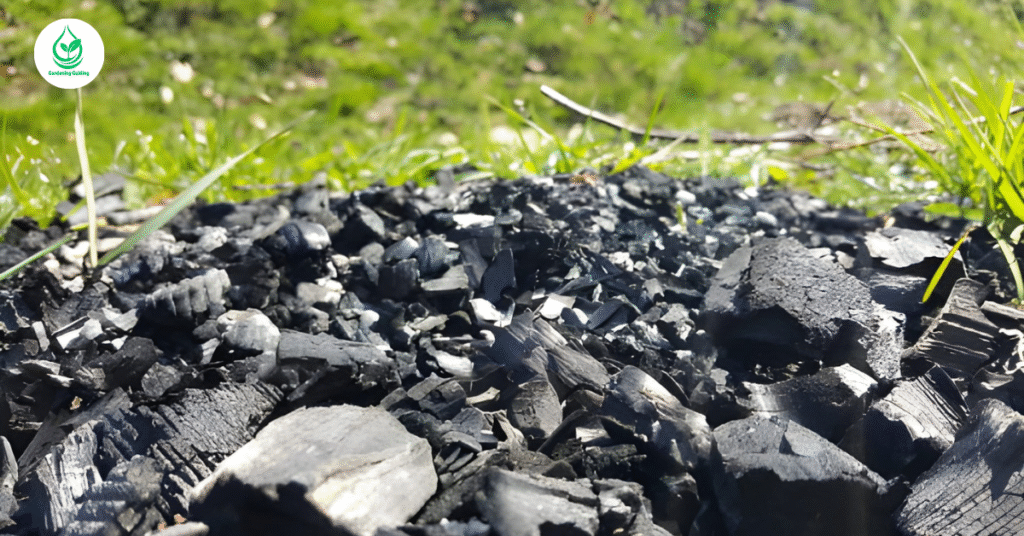
4. Soil Temperature and Moisture Balance
4.1 Coal’s Dark Color and Heat Absorption
Coal’s dark surface absorbs more sunlight than bare soil, increasing local temperature. In cold climates, this can be advantageous—helping seeds germinate faster and extending the growing season. However, in hot or tropical regions, excessive heating can dry out soil surfaces and harm young plants.
4.2 Evaporation and Moisture Regulation
When coal particles cover the ground, they form a thin barrier that slows down water evaporation. Studies have shown that such “coal mulch” helps retain soil moisture for longer periods, reducing the need for frequent watering. This makes it potentially useful for dry or desert farming if used carefully.
4.3 Seasonal Variations and Climate Effects
Coal’s influence changes with the seasons. During dry months, it helps maintain moisture, but during wet seasons, it can prevent proper drainage and cause waterlogging. Gardeners and farmers must therefore adjust the amount of coal residue according to rainfall patterns and soil drainage capacity.
5. Coal’s Long-Term Effect on Soil Fertility and Plant Growth
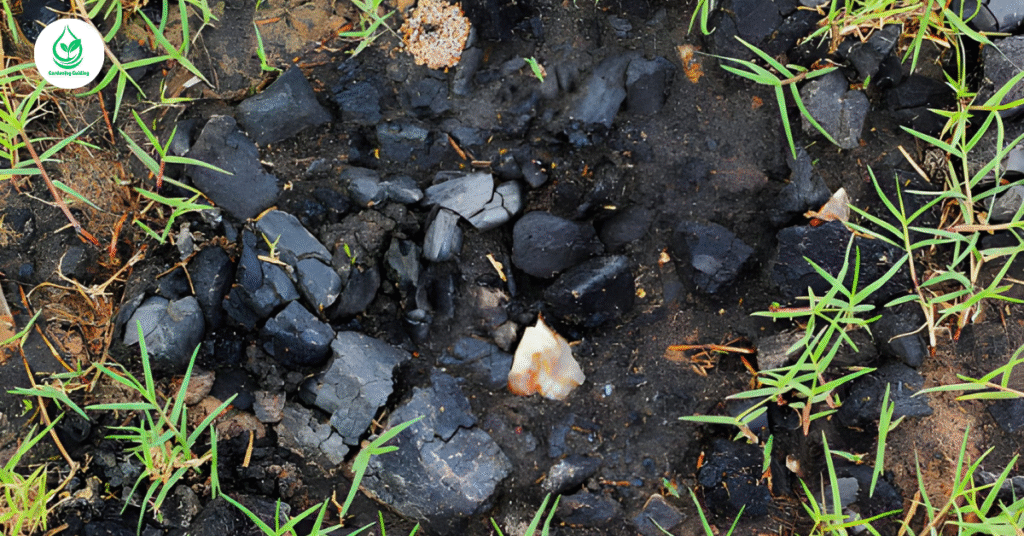
5.1 Short-Term vs. Long-Term Fertility Changes
Initially, coal residues may seem to enhance soil fertility due to their mineral content. But over time, as heavy metals accumulate and microbial life declines, soil fertility drops. Continuous exposure may cause yield loss, poor germination, and nutrient imbalance.
5.2 Reclamation of Coal-Affected Lands
Soils damaged by coal mining or disposal can be rehabilitated through bio-remediation. Adding compost, manure, and biochar helps restore organic matter and microbial life. Planting tolerant species like vetiver grass or sunflowers also assists in extracting pollutants gradually.
5.3 Safe Use of Coal By-Products in Agriculture
When used under supervision, coal fly ash can act as a soil conditioner—especially in acidic or nutrient-deficient soils. The key is moderation and testing. Farmers should apply coal ash only after laboratory analysis and avoid using residues with high heavy-metal content.
Comparison Table: Coal Effects on Soil
| Aspect | Positive Effects | Negative Effects |
| Soil Structure | Improves water retention in sandy soils | Causes compaction in clay soils |
| Chemical Composition | Adds minerals like calcium and potassium | Raises pH and locks essential nutrients |
| Biological Life | Provides carbon source for microbes (in moderation) | Reduces microbial diversity and enzyme activity |
| Temperature Balance | Helps retain heat in cold climates | Overheats soil in tropical areas |
| Long-Term Fertility | Can enhance fertility short-term | Heavy metal buildup and fertility loss long-term |
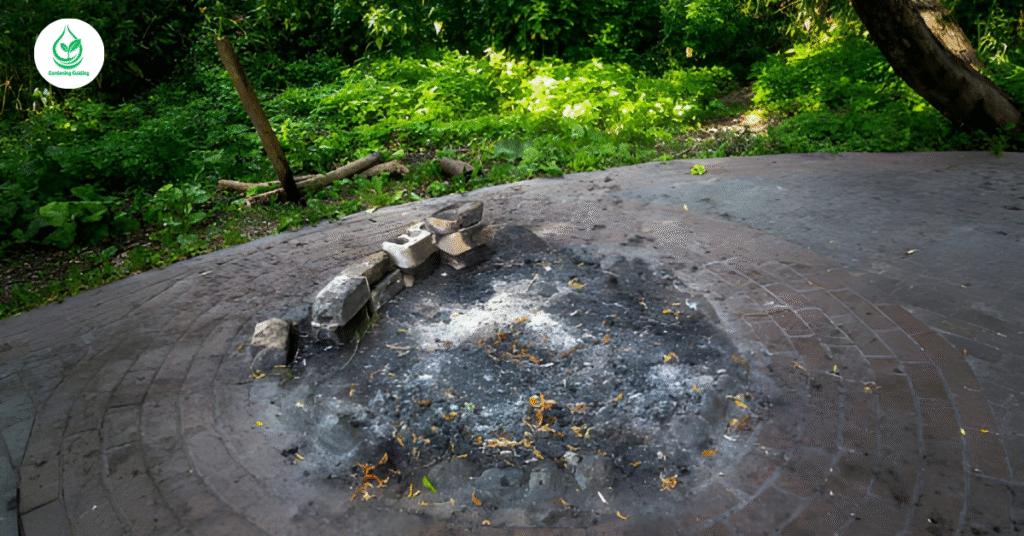
5 Pros of Coal Use in Soil
1. Enhances Water Retention
Small amounts of coal ash help soil hold water, making it valuable for drought-prone regions. It reduces frequent irrigation and helps maintain soil moisture balance naturally.
2. Neutralizes Acidic Soil
Coal ash is alkaline, so it can correct overly acidic soils, allowing better nutrient absorption by crops such as beans, maize, and tomatoes.
3. Adds Trace Minerals
Coal residues often contain micronutrients like iron, calcium, and magnesium, which can benefit plant health when applied in controlled quantities.
4. Cost-Effective Amendment
Coal by-products, especially fly ash, are often free or inexpensive. They can replace lime or other commercial soil conditioners in some agricultural uses.
5. Reduces Erosion and Runoff
When mixed properly, coal particles improve soil cohesion, reducing erosion during rainfall and helping maintain topsoil integrity.
5 Cons of Coal Use in Soil
1. Risk of Heavy Metal Contamination
Coal can introduce toxic elements like mercury, arsenic, and cadmium into the soil, harming crops and entering the food chain.
2. Decreases Microbial Health
High coal content reduces microbial activity and destroys beneficial fungi, leading to poor soil regeneration.
3. Alters Soil pH Beyond Safe Range
Excessive coal ash can make soil too alkaline, reducing availability of key nutrients like iron, phosphorus, and zinc.
4. Causes Compaction and Poor Aeration
Coal particles may clog soil pores, decreasing air circulation around roots, slowing plant growth, and reducing oxygen exchange.
5. Long-Term Fertility Decline
Over time, coal residue buildup harms soil structure, organic matter, and natural fertility, making land less productive.
Environmental Concerns of Coal Use in Soil
Coal’s impact doesn’t stop at the soil—it extends to nearby water bodies and air quality. When heavy metals leach into groundwater, they pollute drinking sources and affect aquatic ecosystems. Dust from coal ash also affects air purity, reducing overall ecosystem health. Sustainable disposal and regulated usage are crucial to minimize harm.
Restoring Coal-Damaged Soil
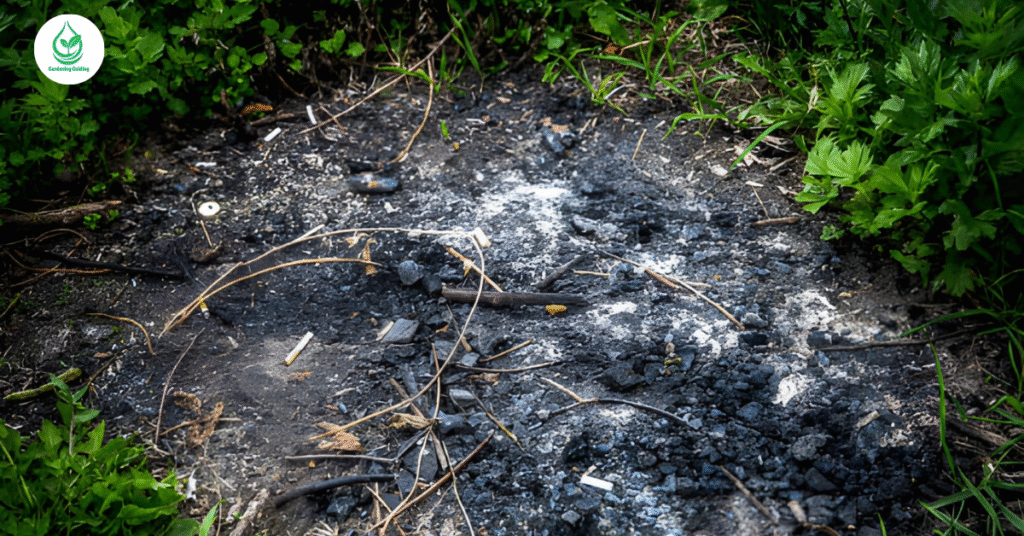
Rehabilitation methods include:
- Adding organic compost and green manure to restore microbial life.
- Planting hyperaccumulator plants (like sunflowers and Indian mustard) to absorb heavy metals.
- Using biochar and gypsum to stabilize contaminants.
- Rotating crops to promote soil diversity and balance.
These methods take time but help rebuild long-term fertility and biodiversity.
FAQs on Coal’s Effect on Soil
Q1. Is coal ash good for plants?
In small amounts, yes—coal ash can improve acidic soils and provide minerals. But overuse leads to toxicity and nutrient imbalance.
Q2. Can coal be used as fertilizer?
Coal itself is not a fertilizer; it lacks nitrogen and organic nutrients. However, treated coal ash can act as a soil conditioner.
Q3. How can I test my soil for coal contamination?
Soil testing labs can measure pH, heavy metals, and nutrient levels. Regular testing ensures you’re aware of any harmful buildup.
Q4. What are the signs of coal toxicity in plants?
Yellow leaves, stunted growth, poor flowering, and blackened roots are typical signs of heavy-metal contamination from coal.
Q5. How much coal ash is safe to mix with soil?
Generally, not more than 5–10% by weight for large fields. Always consult local agricultural guidelines before application.
Q6. Does coal ash affect groundwater?
Yes. Improperly stored coal ash can leach toxic metals into groundwater, contaminating nearby wells and rivers.
Q7. Can compost reduce coal damage?
Yes. Compost adds organic matter and beneficial microbes that help neutralize toxins and restore fertility.
Q8. Which plants tolerate coal-contaminated soil?
Grasses, sunflowers, and mustard plants are known to tolerate and even absorb heavy metals effectively.
Q9. How does coal impact soil carbon levels?
Coal adds inert carbon that doesn’t decompose easily, changing carbon balance without contributing to organic fertility.
Q10. Can coal dust harm garden plants?
Yes, if it settles on leaves or blocks sunlight. It also alters soil chemistry around plant roots over time.
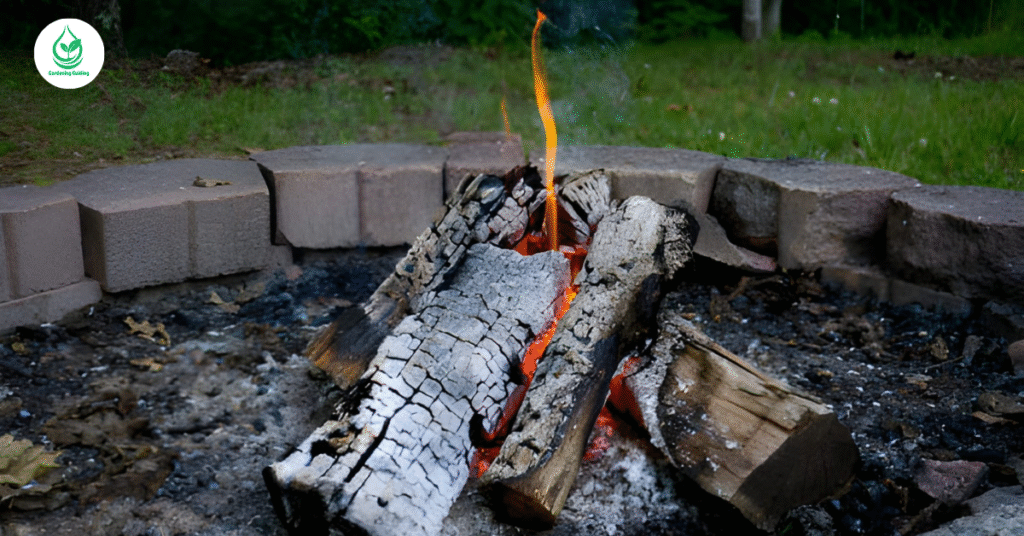
Conclusion
Coal can both help and harm the soil—it all depends on how it’s used. While small amounts of treated coal ash may enhance soil pH and moisture retention, overuse can lead to toxic metal accumulation, reduced fertility, and damaged microbial life.
For farmers and gardeners, the key lies in moderation, testing, and restoration. By balancing coal’s potential benefits with careful management, it’s possible to protect soil health while reducing environmental risks. Sustainable practices, organic matter addition, and continuous monitoring ensure the land remains fertile and productive for generations.

